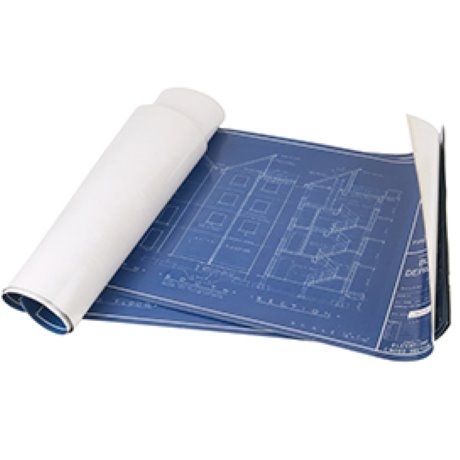A new concrete texture designed to reduce road noise is raising interest across the U.S.
The Next Generation Concrete Surface (NGCS) also known as "Quiet Grind" and "Grind and Groove," is being billed as the first new concrete texture introduced in the last 20 years and credited in a report from the American Concrete Pavement Association (ACPA) as "the quietest texture yet developed for non-porous concrete pavements."
Development of the new surface texture was spurred by a 2003 program implemented by the Arizona Department of Transportation (ADOT) to resurface its concrete roads with rubberized asphalt as a noise control measure.
If noise could be controlled, ADOT could also divert money from construction of noise control barriers.
Covering up one of the country’s largest concrete road systems with asphalt quickly caught the attention of the ACPA, which mobilized the support of the International Grooving & Grinding Association (IGGA) and the Portland Cement Association to provide a quieter concrete alternative.
New surface patterns were developed and tested at the Tire Pavement Test Apparatus at Indiana’s Purdue University.
"The industry had already developed a range of standard grooves, but they weren’t focused on noise reduction," said Terry Kraemer, president of both the IGGA and Minnesota-based Diamond Surface Inc., a road surfacing company.
"NGCS was entirely driven by research into noise reduction."
The researchers settled on 36 different test patterns that were put through their paces under controlled laboratory conditions. A diamond grinder would grind and groove sections of concrete, which would then be placed on the test apparatus as tires rolled against the surface while noise measurements were taken.
"In order to get the quietest pavement possible, you first have to develop the smoothest pavement, and the planes on the NGCS are perfectly smooth," said Kraemer.
"The grooves were an afterthought, although they help with friction and directional stability if they’re aligned with traffic. With a squared off groove, a tire will typically settle one tenth of an inch into the groove. The grooves also provide channelization for moisture."
The optimal design featured a "consistent profile absent of positive or upward texture" with 1/8th-inch grooves on 1/2-inch centres.
Test strips were constructed at the Minnesota Department of Transportation’s Low-Volume Road Facility in 2007.
"Some people believed that we couldn’t produce the NGCS using conventional road construction equipment on a single pass," said Kraemer.
"However, we demonstrated that you can have the diamond grinding machine flush cut the surface and the number two machine cut the grooves, or prepare the surface with a single pass."
The noise produced by tires on various road surfaces depends on a number of variables.
However, reports on an NGCS project completed in 2012 on a one-mile stretch of the I-5 near San Diego indicate that the design created a significantly smoother and quieter ride. Results from a dozen states that have implemented NGCS are also encouraging.
Kraemer noted that other states are currently preparing to approve road designs incorporating NGCS once the specifications have been written.











Recent Comments
comments for this post are closed